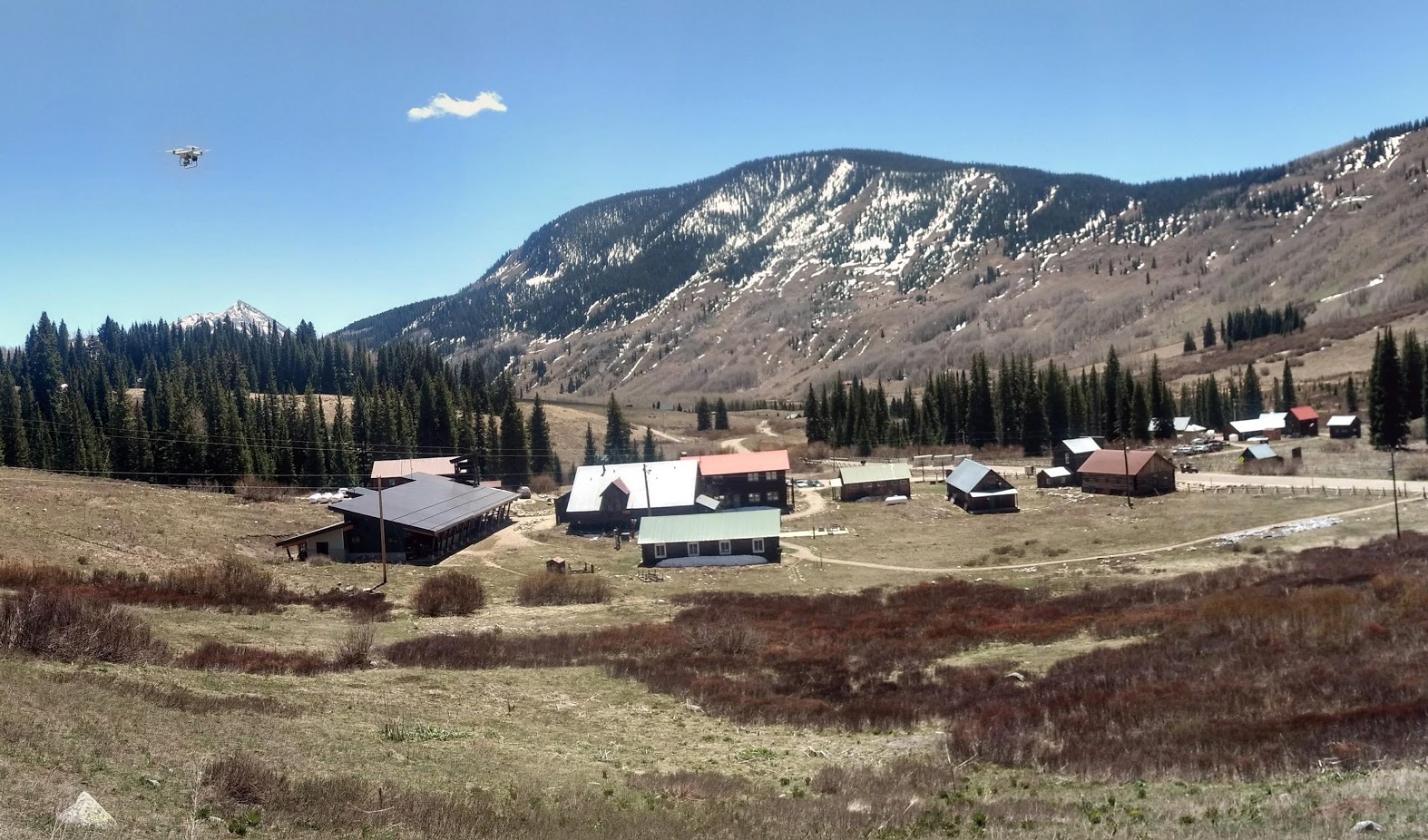 Drone survey at Rocky Mountain Biological Lab, Gothic, CO
Drone survey at Rocky Mountain Biological Lab, Gothic, CO
The spatial scaling of flowering phenology: How much could landscape heterogeneity buffer mountain meadow plants and pollinators from phenological mismatch?
Abstract
Many studies suggest that interacting organisms (for example plants and their pollinators) are shifting their seasonal reproductive timing, or phenology, at different rates in response to a warming climate. This has led to concerns that important ecological interactions may be altered or lost as climate change continues to accelerate. Surprisingly, despite the potential importance of these ‘phenological mismatches’, much of the work on this topic ignores the fact that organisms in many environments are interacting in heterogeneous landscapes where the climatic drivers of phenology vary at many different spatial scales. This heterogeneity could potentially buffer interactions against mismatch, but how much this matters depends in part on the scaling relationships that link individual-scale and landscape-scale patterns of phenology. Here we report the first estimates of these spatial scaling relationships for plant reproduction. We derived these estimates from a long-term dataset of the flowering times of a diverse community of subalpine meadow plants in the Elk Mountains of Southwestern Colorado. We found that scaling relationships vary widely across species and years, suggesting that spatial heterogeneity is likely to buffer some interactions much more strongly than others. Overall, our work suggests that phenological scaling relationships will play a critical and under-examined role in mediating the consequences of climate change for ecosystems.